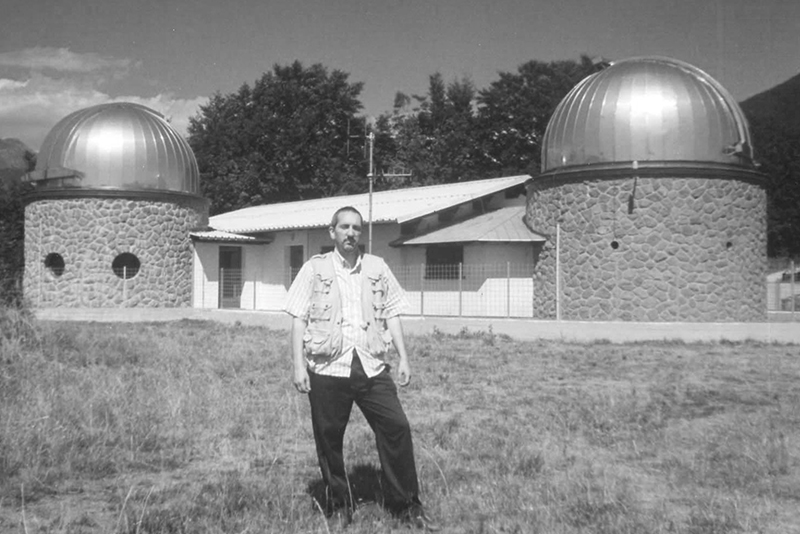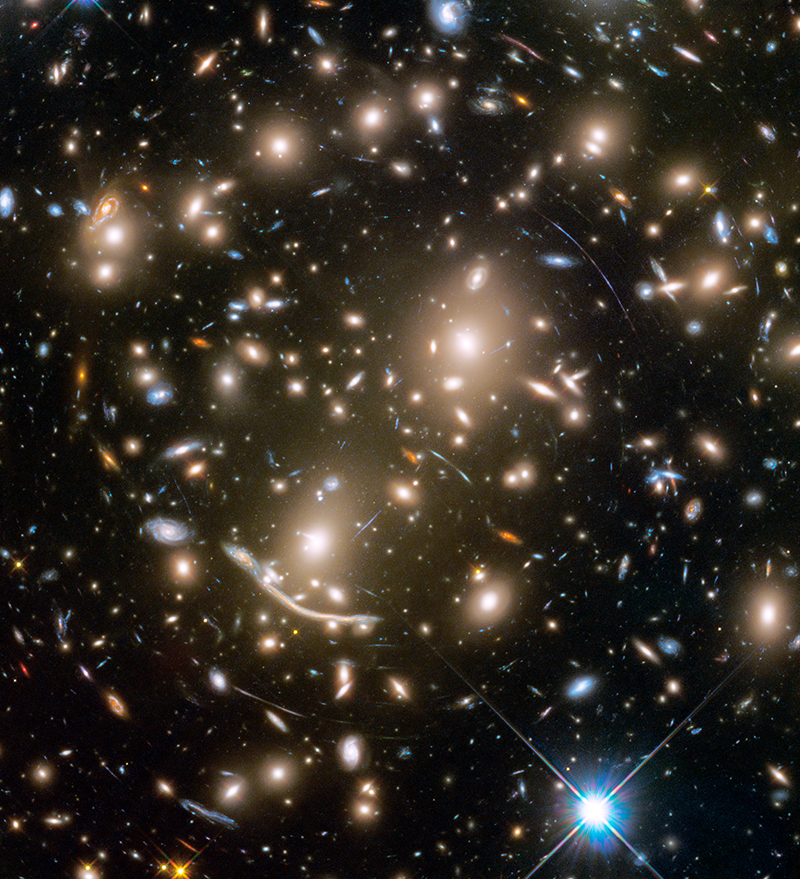
Michele T. Mazzucato
NASA Citizen Scientist
Technical High School B. Buontalenti, Livorno, Tuscany, Italy
I've always been interested in science – particularly in the astronomical and surveying sciences. Modern communications technology has fostered this interest and facilitated my participation in NASA projects.
I’m married and have a daughter. Outside of family commitments, I spend a lot of my spare time on my hobbies, which are astronomy and geodesy, which is the study of Earth’s shape, orientation in space, and magnetic field, each of which are essential to accurately mapping our planet. I also collect coins, banknotes, and stamps with science themes or images. Finally, I like to watch science fiction films and I am a “Star Trek” fan.
I have learned teamwork, and improved and consolidated my basic scientific knowledge.
My involvement with NASA citizen science projects began in 2006 with Stardust@home. Since then, I have contributed to the discovery of interstellar particles, exoplanets, supernovae, comets, main belt asteroids, Kuiper Belt Objects, and much more.
I have contributed to many scientific publications including:
"2011 HM102: Discovery of a High-Inclination L5 Neptune Trojan in the Search for a Post-Pluto New Horizons Target," published in 2013 in The Astronomical Journal.
"Stardust Interstellar Preliminary Examination I: Identification of Tracks in Aerogel," published in 2014 in Meteoritics & Planetary Science. (I was a co-author on this publication.)
My main role has been the observation, classification, and analysis of many thousands of images, light curves, and spectrograms.
I am interested in Planet Hunters TESS and Supernova Hunters. Planet Hunters TESS is exciting because it gives me the opportunity to explore strange new worlds and to seek out new life, “where no man has gone before,” as Captain James T. Kirk of “Star Trek” fame would say.
Supernova Hunters is exciting because of all we can learn from supernovas about our universe. But I am also interested in projects concerning the minor bodies of the solar system such as Active Asteroids and the Sungrazer Project as these objects can tell us something about the origin and evolution of our solar system.
Follow your passion. Even if in some moments you are frustrated by not finding what you are seeking, persevere! An unexpected or new and important discovery may be just around the corner. The moments of discovery are well worth all the effort. Citizen science projects are a great opportunity to make a small and modest contribution to the development of our knowledge of the Universe.

Planetary science is a global profession.

